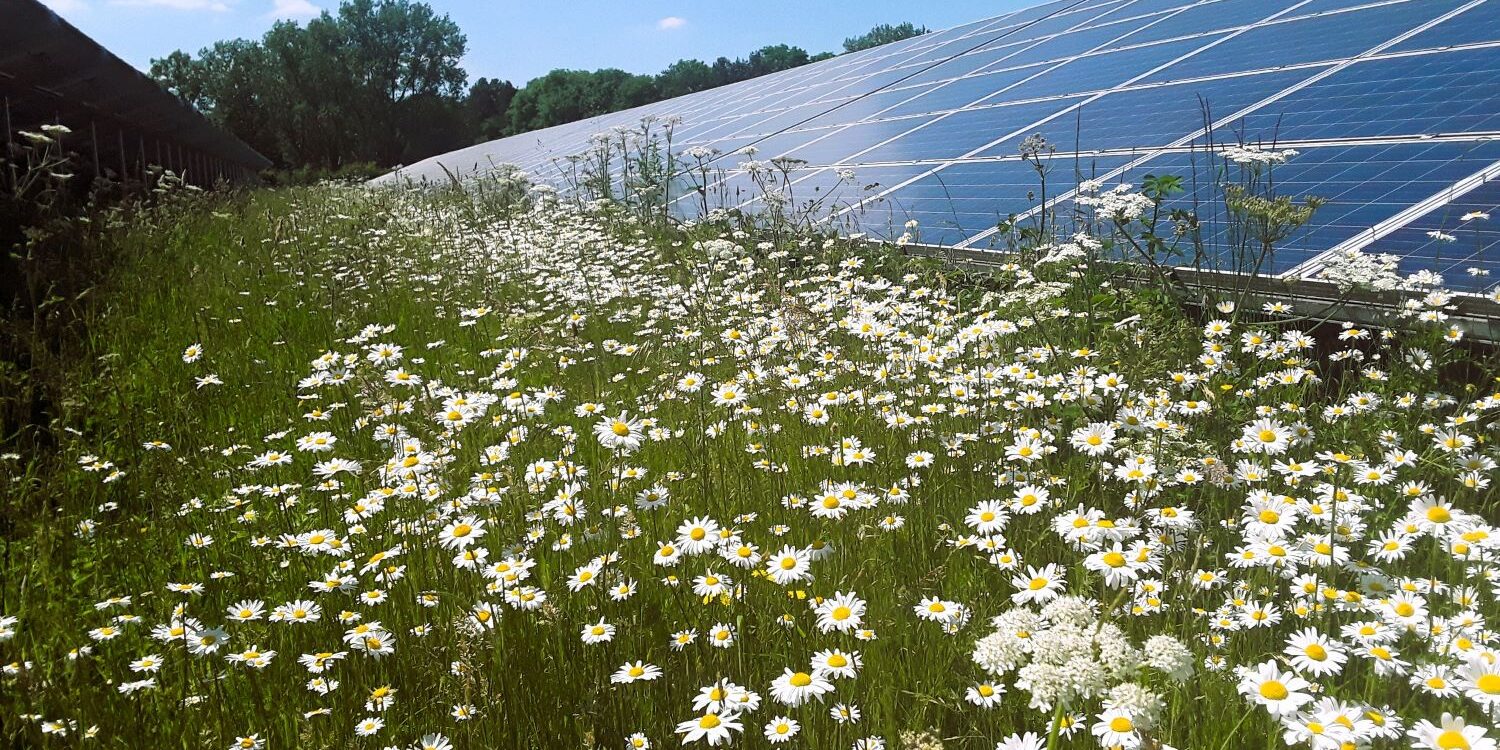We know that solar farms that are well designed and managed with a focus on wildlife have the potential have a positive effect on biodiversity, however, there has been limited research into this area.
In 2022 Solar Energy UK in conjunction with Clarkson and Woods, Lancaster University and Wychwood Biodiversity published a standardised methodology for ecological monitoring of solar sites. We are delighted to announce that the first report based on this approach has just been released. The report takes evidence from 37 operational solar sites across the UK. It builds on Clarkson and Wood’s Solarview reports which we began in 2018. The idea from the outset was to look for ecological trends on active solar farms and to increase awareness of how solar farms can be used to promote biodiversity. The report looks at botany, invertebrates, birds and mammals that are found on solar farms. By amalgamating the findings from ecological monitoring collected by a variety of ecological consultancies, we are continuing to build a better picture of how solar farms interact with local ecology.
With another busy year of solar monitoring lined up we look forward to building on the evidence we already have and continuing to contribute to this important work.
The report, Solar Habitat: A Look into Ecological Trends on Solar Farms in the UK, will be published on an annual basis. Download it here







